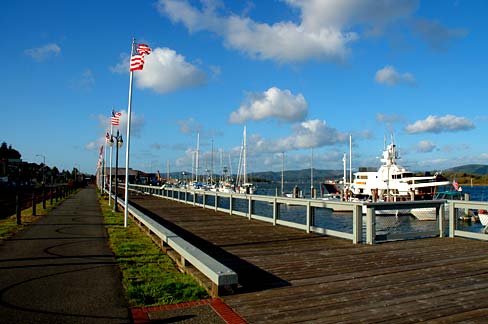Every person and their brother, or so it would seem, has ideas for how they think carbon net-zero emissions can be achieved.
Even Microsoft founding partner Bill Gates has gotten involved. In fact, he weighs in on the matter in a new book.
One approach involves pulling carbon out of the atmosphere and using it as an ingredient in making concrete.
At first blush, extracting carbon from air may sound like a wonderful idea. But, in order to have more than just a minute effect, make more than a negligible impact, this kind of technique, technology, process, would need to be scaled up considerably.
But before this can become a reality, one has to consider the economics, determining beforehand, if such an ambitious undertaking is worth the time and effort if not the financial investment.
When we talk about such possibilities in the name of global temperature normalization and helping to bring about climate stabilization, frankly, some are skeptical that concepts like carbon capture and storage or carbon removal and reuse will have the kind of impact to effect any real positive and substantive change.
Maybe a better question might be: What if we just stand by and idly watch as people’s livelihoods become threatened from rising seas, acidifying oceans, severe droughts, pest infestations and extreme weather events, not to mention lives lost or uprooted due to the same? Even if not in the name of climate and global surface-temperature change, limiting emissions whether criteria air pollutants or greenhouse gases, is never a bad thing.
Better to have tried and failed than not to have tried at all as one can always try again.
At least one advocacy group believes that the future will not be secure from the effects of global warming if not climate change until the sustained average atmospheric carbon dioxide concentration is at 0.035 percent. It is currently 0.0412 percent.
So, another question one might ask is: At any time in the history of planet Earth has the concentration of atmospheric carbon dioxide ever been this high? The answer, of course, is yes, not within the past 800,000 years according to evidence gleaned from ice-core sample and other fossil-record data. When it was at its current level or higher, what is important to know is how this affected life on Earth at the time.
And, maybe an even more important question is what the global mean surface temperature and what the climate were like during those periods with perhaps the most important question of all being: Assuming the global average surface temperature was markedly higher than what it is today, what was the reason for this and if, say, it had become one-and-a-half times or even two times higher, was there a kind of built in, so called “relief valve” to keep the average global surface temperature from running away? It is important to keep in mind at the same time that the concentration of carbon dioxide in air on the cusp of the Industrial Revolution in 1750 was at roughly 0.027 percent.
At this moment in time, there is a bitter wintry cold snap sweeping across much of this country with another one hot on this one’s heels. Just this morning it was announced on network television that Anchorage, Alaska this entire winter so far, has not had the kind of frigid temperatures that even cities as far south as Dallas, Texas has right now.
Another question: Will the climate-change deniers come out in droves making their denialism position known, reinforcing and reiterating that position, such perhaps going so far as to utter the all-too-familiar “See, we told you so” declaration and, in so doing, coming across to those on the receiving end as being gleeful-and jubilant-sounding?


